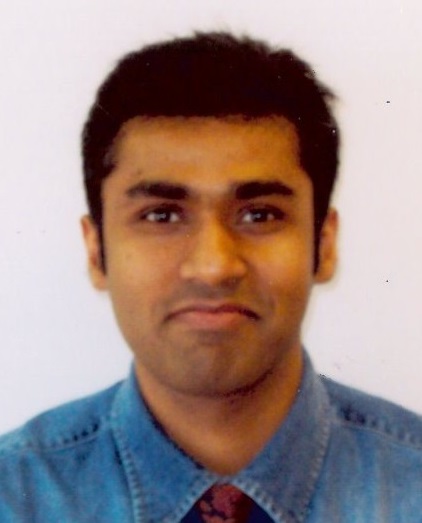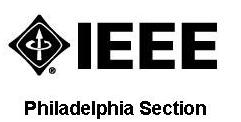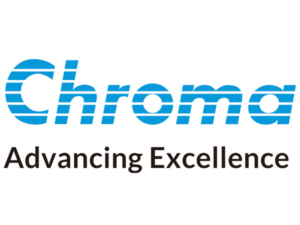WATCH THE VIDEOS by selecting the keynote titles
Robert Klosterboer, Executive Vice 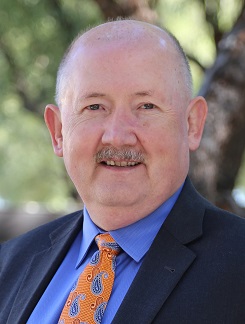 President and General Manager of the Analog Solutions Group for ON Semiconductor and SCI LLC.
President and General Manager of the Analog Solutions Group for ON Semiconductor and SCI LLC.
Robert Klosterboer joined the Company in March 2008. From March 2008 to September 2012 he was Senior Vice President and General Manager of the business unit then known as the Automotive, industrial, Medical, & Mil/Aero Group. He has more than two decades of experience in the electronics industry. During his career, Mr. Klosterboer has held various engineering, marketing and product line management positions. Prior to joining ON Semiconductor in 2008, Mr. Klosterboer was Senior Vice President, Automotive & Industrial Group for AMI Semiconductor, Inc. Mr. Klosterboer joined AMIS in 1982 as a test engineer and during his tenure there he also was a design engineer, field applications engineer, design section manager, program development manager, and product marketing manager. Mr. Klosterboer holds a bachelor’s degree in electrical engineering technology from Montana State University.
Testing beyond the green light
This presentation will highlight some of the challenges and opportunities that test developers and test operations managers face in a changing data climate. Measured data will drive decisions not only about the product under test but potentially on the entire design and manufacturing ecosystem. I will also explore some of the value tradeoffs of increased data harvesting vs reduced test cost requirements of each component.
Sanu Mathew, Senior Principal Engineer with the Circuits Research Labs at Intel Corporation, Hillsboro, Oregon.
Sanu leads research & development of energy-efficient hardware accelerators for encryption & security. Sanu obtained his Ph.D. degree in Electrical and Computer Engineering from State University of New York at Buffalo in 1999. He holds 41 issued patents, with another 63 patents pending and has published over 77 conference/journal papers. He has been with Intel for the past 18 years.
Ultra-low Energy Security Circuit Primitives for IoT Platforms
Low-area energy-efficient security primitives are key building blocks for enabling end-to-end content protection, user authentication and data security in IoT platforms. This talk describes the design of security circuit primitives that employ energy-efficient circuit techniques with optimal hardware-friendly arithmetic for seamless integration into area/battery constrained IoT systems: 1) A 2040-gate AES accelerator achieving 289Gbps/W efficiency in 22nm CMOS, 2) Hardened hybrid Physically Unclonable Function (PUF) circuit to generate a 100% stable encryption key. 3) All-digital TRNG to achieve >0.99 min-entropy with 3pJ/bit energy-efficiency. The talk will also discuss design issues related to side-channel leakage of key information, and how they may be addressed during design of encryption circuits. Finally, the talk will touch upon existing challenges of maintaining the integrity of security circuits, while still enabling testability and post-silicon validation.
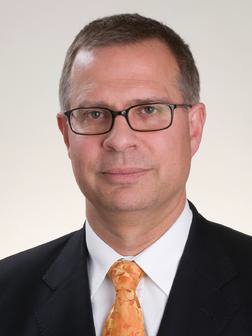 Joachim Kunkel, General Manager, Synopsys, Inc., Corporate Staff.
Joachim Kunkel, General Manager, Synopsys, Inc., Corporate Staff.
Joachim joined Synopsys in 1994 and serves as general manager of the Solutions Group. In this capacity, he oversees the business unit responsible for Synopsys DesignWare intellectual property (IP). Before joining Synopsys, Joachim was co-founder of CADIS GmbH in Aachen, Germany. There, he served as managing director and performed myriad duties in engineering, sales, and marketing. Before co-founding CADIS he was a research assistant at the Aachen University of Technology, where he conducted research in system-level simulation techniques for digital signal processing, with special emphasis on parallel computing. Joachim holds an M.S.E.E. degree, the Dipl.-Ing. der Nachrichtentechnik, from the Aachen University of Technology.
Look mom! No hands!
After many years of relying on established processes technology geometries, advanced automotive semiconductors, driven by assisted and autonomous driving systems, have recently joined the race to ever smaller semiconductor process technologies. If the massive functionality enabled by 16-nm and below FinFET semiconductor processes, combined with the new fault mechanisms they bring along, weren’t enough of a test and repair challenge, the automotive functional safety requirements add a whole other dimension to the problem. This talk discusses automotive test and repair requirements and solutions in the context of automotive functional safety from the perspective of a test automation tool and IP provider.

